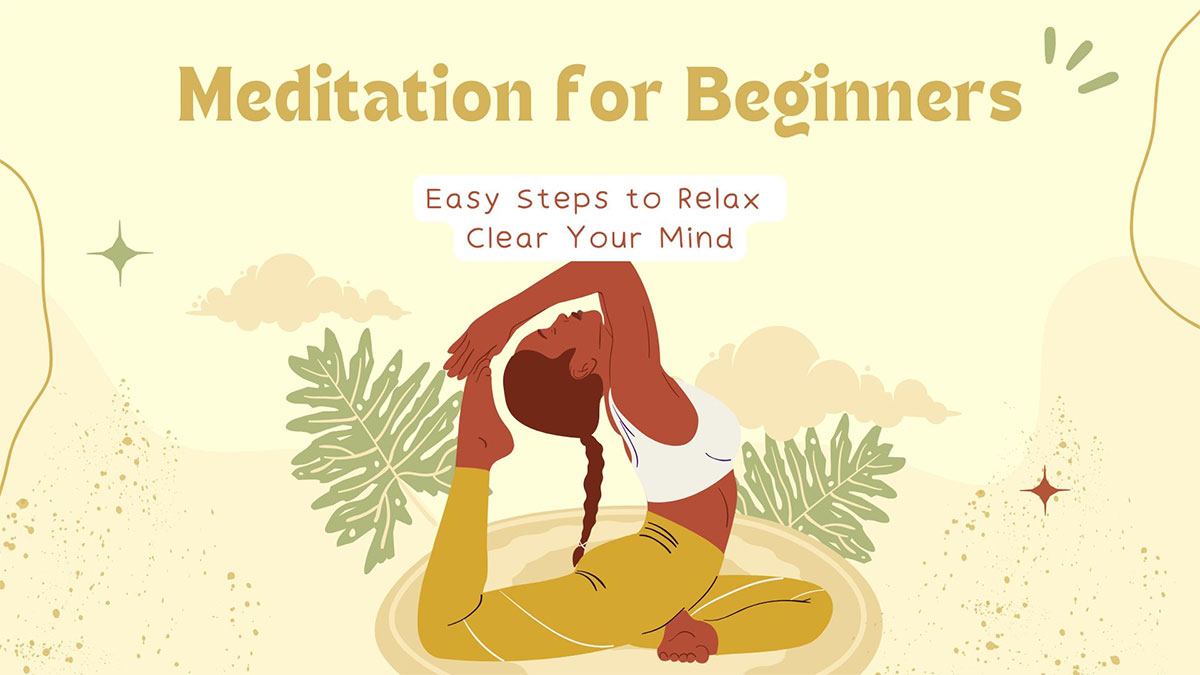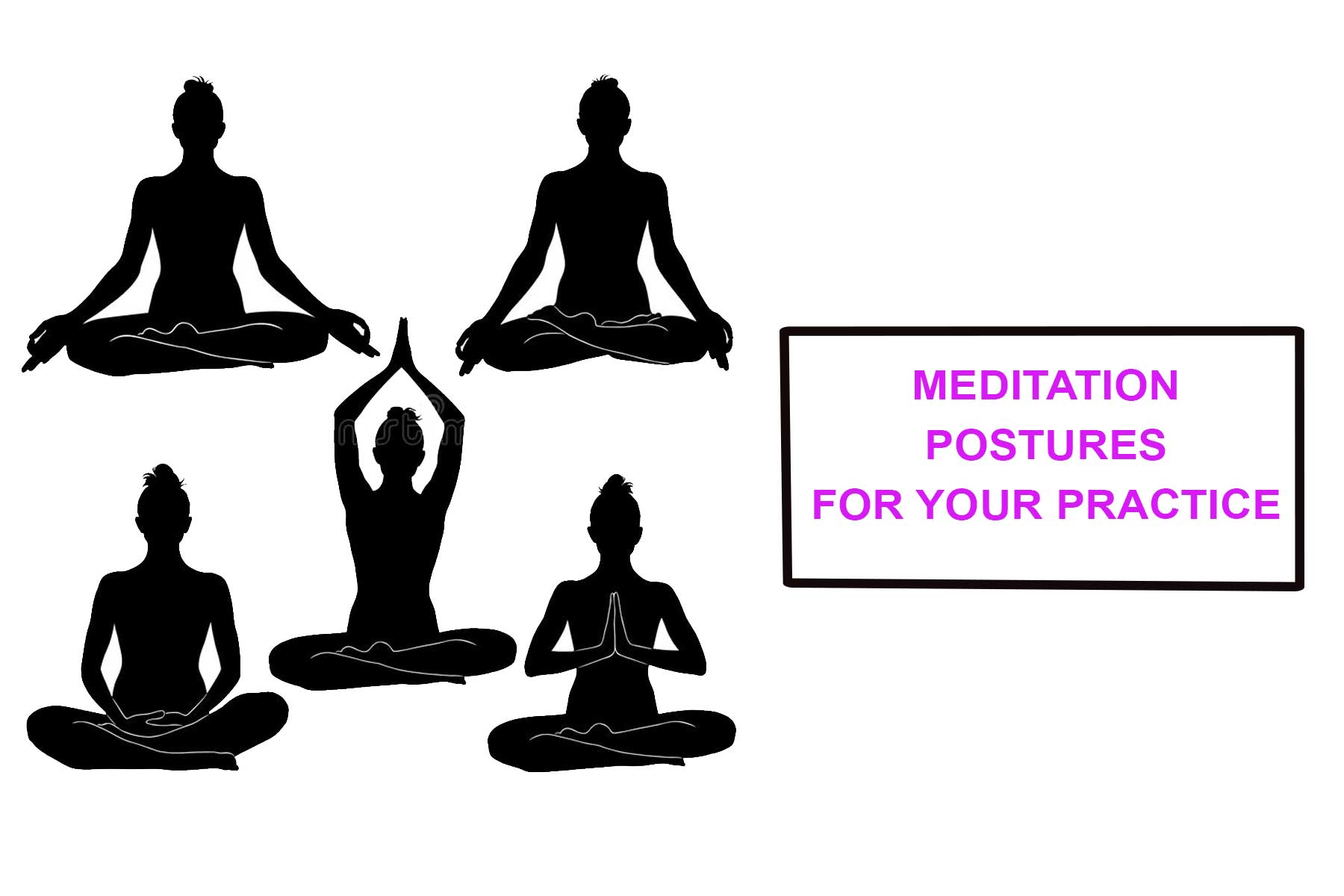
17 Oct 2025 HYN
Ever notice how your thoughts scatter – like a computer struggling with dozens of webpages? It’s dwelling on what happened, fretting over what’s next, alongside constant distractions pulling you away from right now, creating chaos.
At the Himalayan Yoga Academy, we do not shy away from the notion of meditation being incredibly complex emotional for monastic spiritual practices stored in the minds of monks in the mountains; this is so far from the truth! Meditation is an uncomplicated method, relatively easy to practice and an amazing way for anyone to calm the mind and find clarity through the craziness of modern life.
If you are new to meditation…maybe wondering how to even meditate, you have come to the right place! This article will introduce you to some methods to calm your mind and begin your journey of transformation.
Why bother meditating? It really does help – here’s how:
- Meditation dials down cortisol – that main stress chemical your body makes – so you feel calmer. It’s a simple way to ease worry.
- Sharpened focus – it helps your brain settle, so you can pay attention longer.
- Notice your feelings – don’t criticize them. This builds a more peaceful inner life.
- You start noticing how your brain works – the things that set you off, the loops you fall into. It’s like getting a glimpse behind the scenes of you.
- It nudges your body into a calm state – lowering blood pressure while encouraging deep relaxation by engaging its natural restorative processes.

Preparing for Your Practice: Setting the Stage
Meditation doesn’t require gear – that’s its appeal. Still, setting things up beforehand could help you get started easily.
Seek stillness. Locate a peaceful area – one free from disturbances – for just a little while.
Get cozy. Forget fancy poses – a floor cushion works, so does a chair with grounded feet, or your bed will do. Just maintain an upright spine; otherwise, sleep might creep in.
Begin modestly – perhaps five to ten minutes daily. Regularity matters much more than lengthy sessions. As you gain ease, feel free to extend the period. Don’t beat yourself up when your thoughts drift. It happens! Actually, that’s how you meditate – noticing when your attention wanders, then softly guiding it back. So, think of it less like messing up, more like doing the work
3 Simple Meditation Techniques for Beginners
Our school shows budding practitioners three core methods to get going.
1. Mindfulness of Breath
Most meditation starts here. Notice your breathing – let it pull you back to right now.
Here’s how things go.
- Breathe deeply – a couple times. Shut your eyes while you do.
- Notice how breathing feels. Air moves in – through your nose, into your body. Your chest or belly softly lifts then lowers with each inhale and exhale.
- Just notice how your breathing goes – don’t attempt to change a thing.
- A wandering thought? A little itch? Just notice it – name what it is – before softly returning focus to breathing. Be kind to yourself while doing so.

2. Body Scan Meditation
It really helps to loosen up tight muscles while also letting you tune into what your body feels – because stress tends to get stored there.
Here’s how things unfold
- Breathe deeply, then shut your eyelids. Let yourself relax.
- Feel your toes. What do they tell you? Perhaps a little tingle, maybe heat, cold, or simply…nothing. Just notice.
- Notice your body. Begin at your toes, then travel upward – feet, legs, torso… continue until awareness reaches the crown of your head.
- Take time with each spot, just noticing things as they are. Should you sense tightness, picture your breathing going there – easing it open.
3. Mantra Meditation
Repeating a word or sound – a mantra – can help quiet a racing mind. It offers something uncomplicated to hold your attention. For instance, at the Himalayan Yoga Academy, “So Hum” (“I am That”) is frequently used because it’s understood everywhere
Getting things done: a quick guide
- Settle in. Let your eyelids drift shut.
- Breathe in, whispering “So” within yourself; breathe out, letting a quiet “Hum” follow. Continue this rhythm – a gentle inner echo with each breath.
- Breathe in… “So”
- Breathe out… “Hum”
- Just let the words settle into a natural pace, moving alongside each inhale and exhale. Should thoughts drift by, simply guide attention back to their echo.
Your Journey Starts Now
Meditation isn’t about reaching an end point – it’s the path itself. Expect some moments of calm, yet also brace for times when your mind feels scattered, even turbulent. Truly, either choice works well. Just being present for your own life – that’s the key thing.
The Himalayan Yoga Academy helps people begin – even if they’re brand new – then grow toward deeper yoga work. Should a pull towards the origins of yoga resonate within you, consider joining our Yoga Teacher Training or one of our Meditation Retreats.
May your journey unfold with calm, offering a clear view ahead.
Ever felt a shift during meditation? Drop your thoughts – or ask anything – in the comments. Let’s talk about it!
Also Read,
